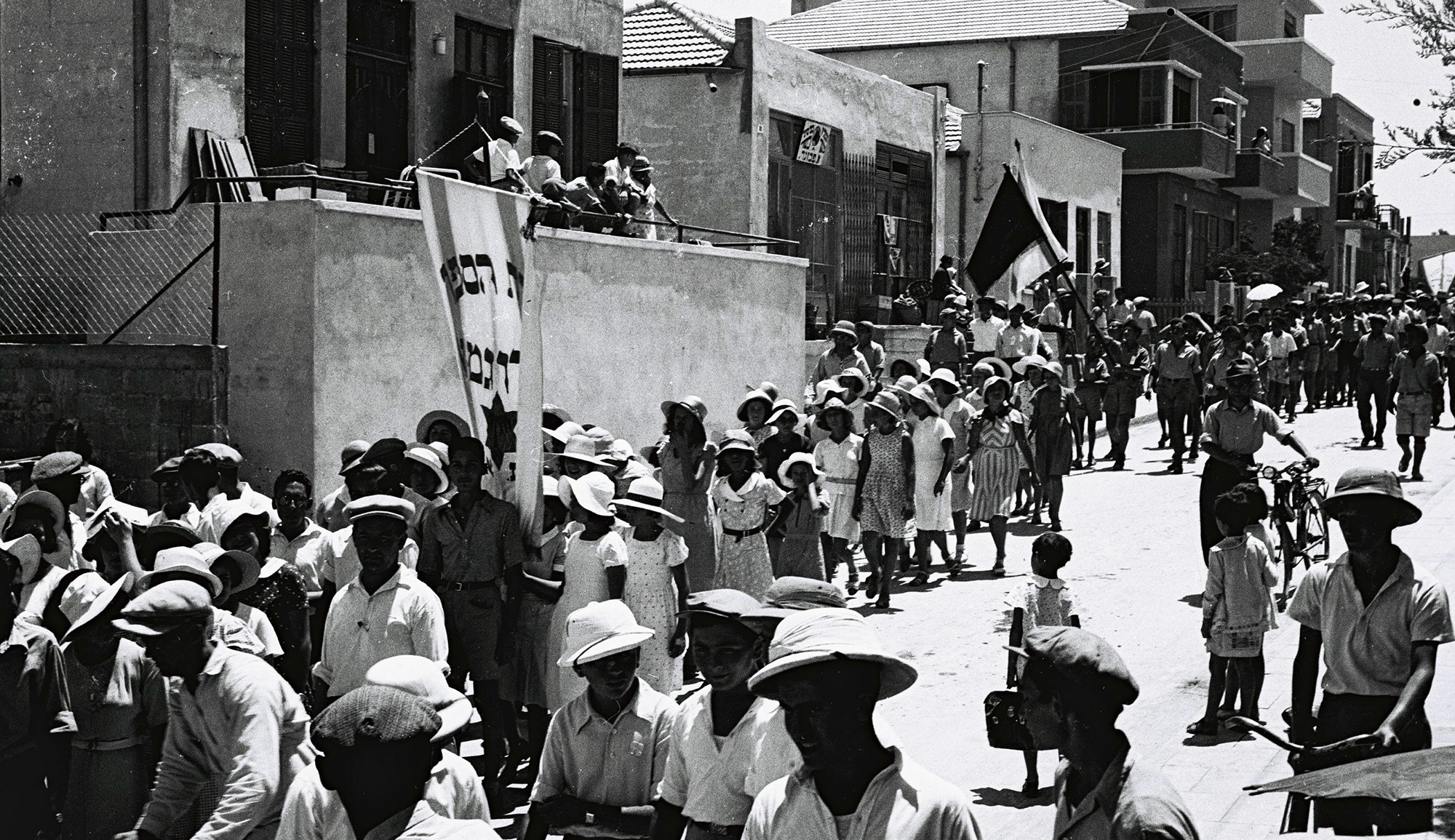Under Isaac Herzog’s leadership, the once-dominant Labor party seems to be on its way to a revival; a mood of enthusiasm accompanied Tuesday’s primaries. But the primaries were a victory for the party’s left wing, which is hardly on board with the reasons for Labor’s recovery. Haviv Rettig Gur explains:
Herzog, while admittedly lacking the easy eloquence of a Netanyahu . . . has proved that he possesses two characteristics that one might expect Labor supporters would find equally valuable: a piercing political acumen and an unbridled ambition to reclaim Labor’s lost status as a credible vehicle for national leadership. . . .
Herzog transformed Labor from a medium-sized political backwater into the most electorally credible alternative to Netanyahu that the country has seen in years. And by adopting explicitly centrist rhetoric that calls for separation from the Palestinians rather than suggesting that reconciliation or “peace” were in the cards, Herzog enabled large numbers of left-leaning Israelis whose faith in peace talks was punctured by the violent implosions of past negotiation attempts at least to reconsider a vote for the party that once led those efforts.
But . . . Herzog’s bid for the center, which has brought him closer than any Labor chief since 2000 to potentially retaking the prime minister’s office, does not reflect the views or wishes of large swaths of his party rank and file.
More about: Isaac Herzog, Israeli politics, Labor Party, Tzipi Livni


